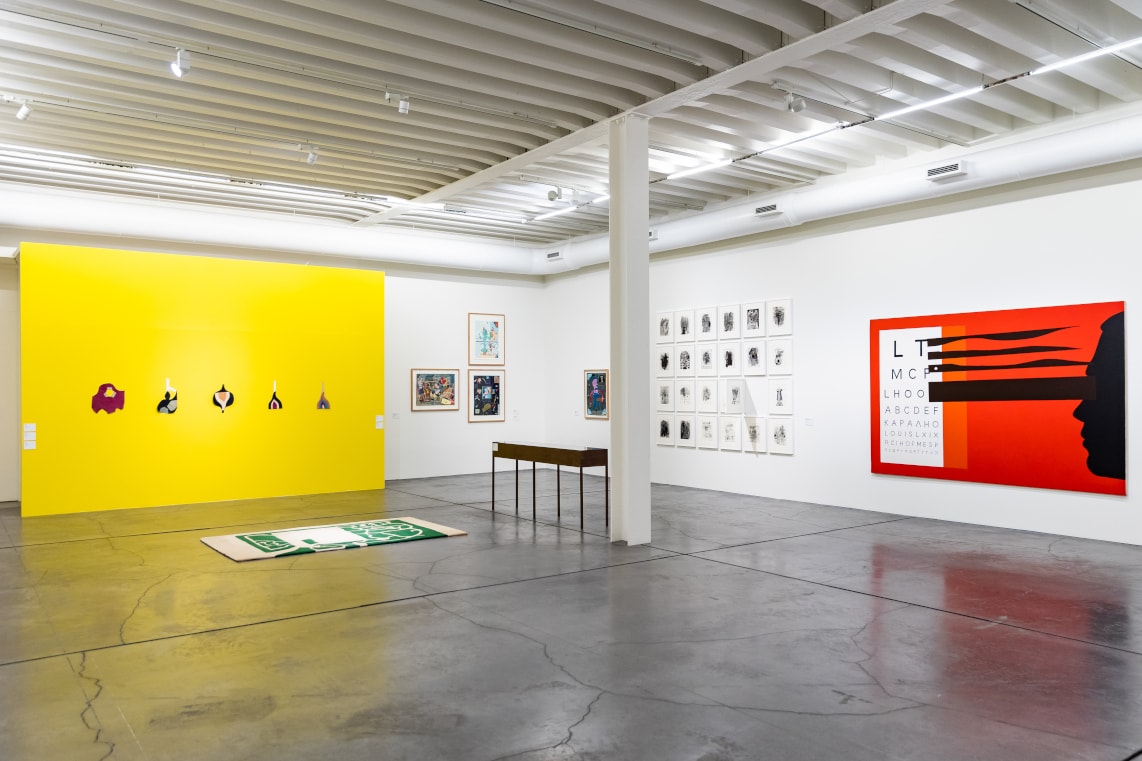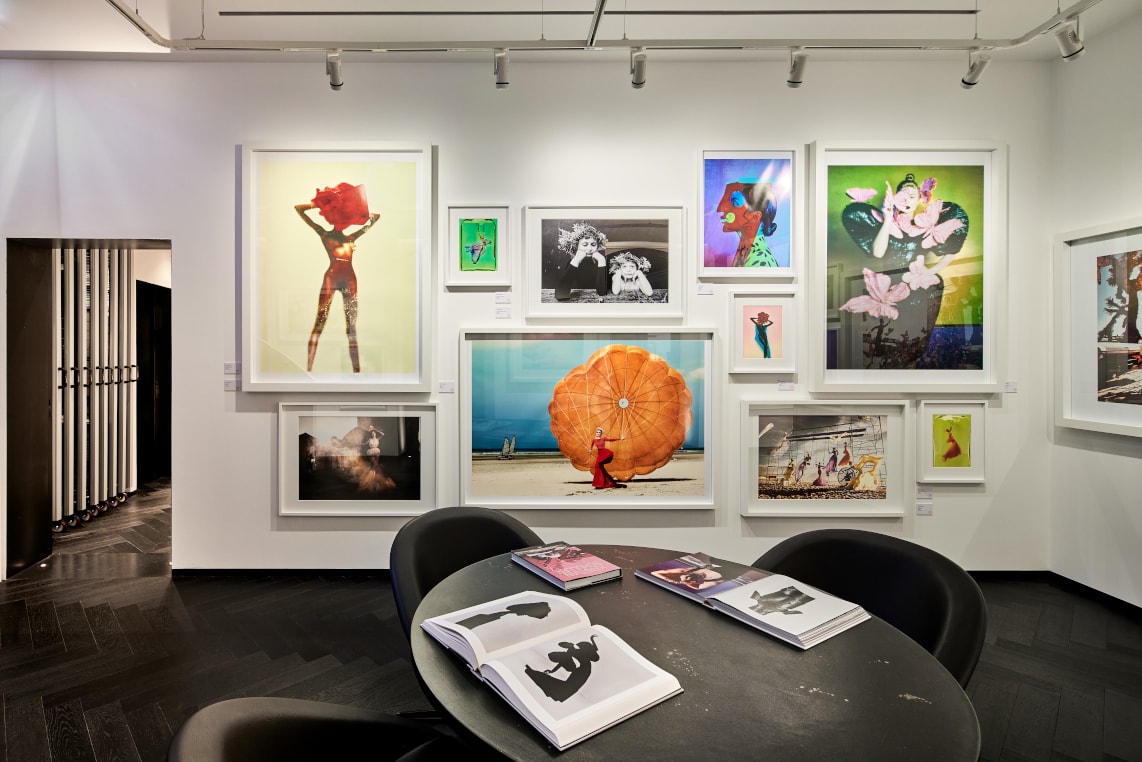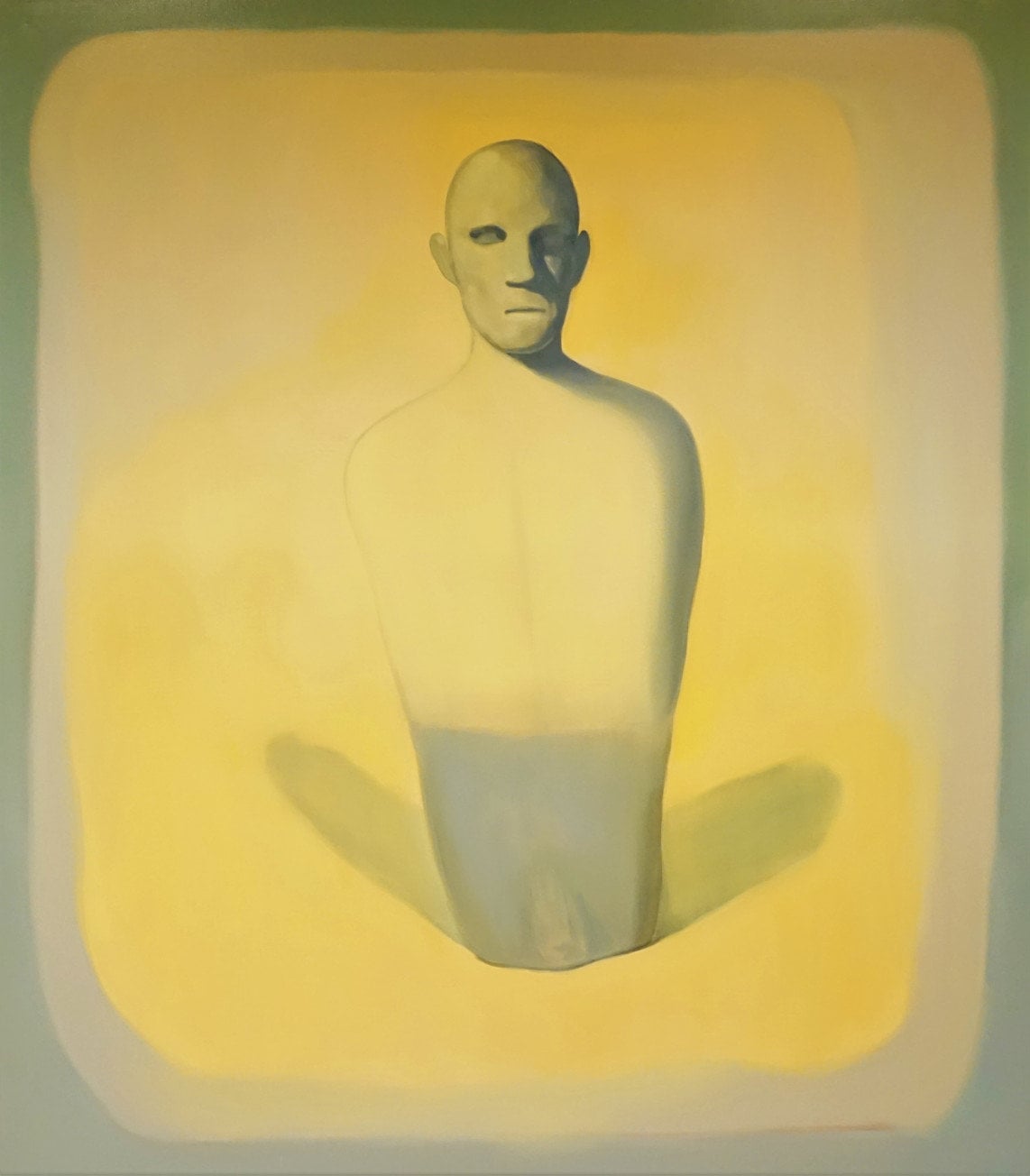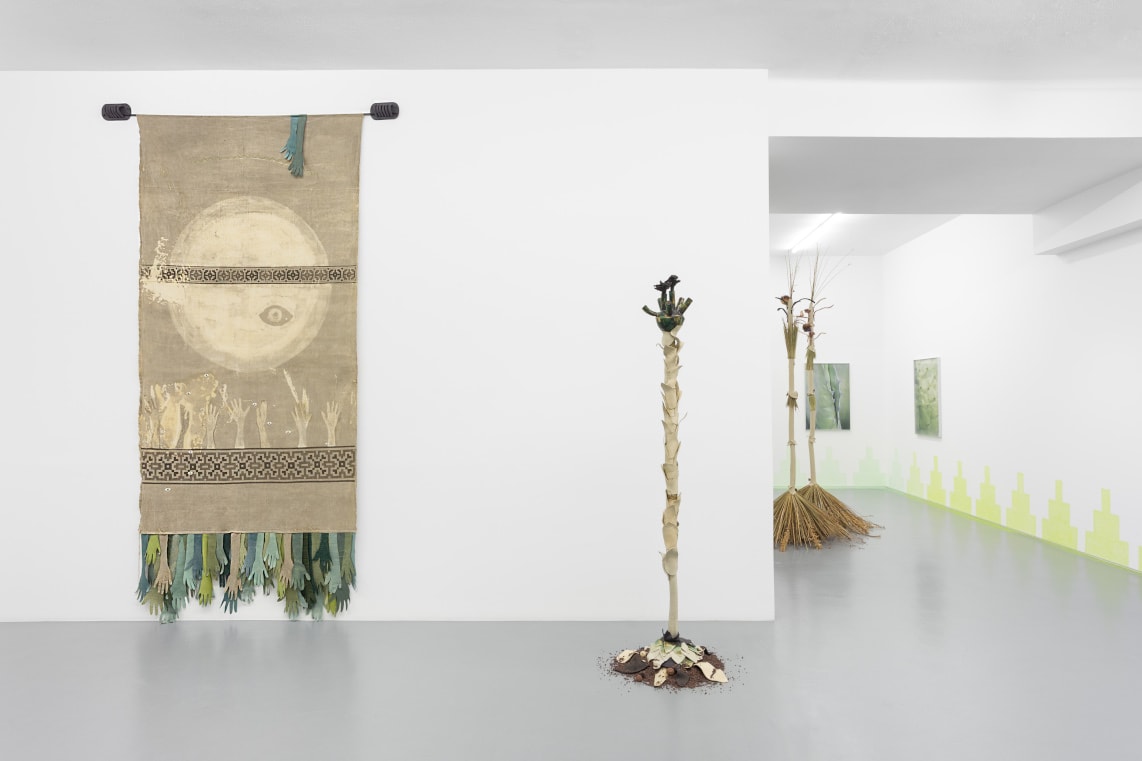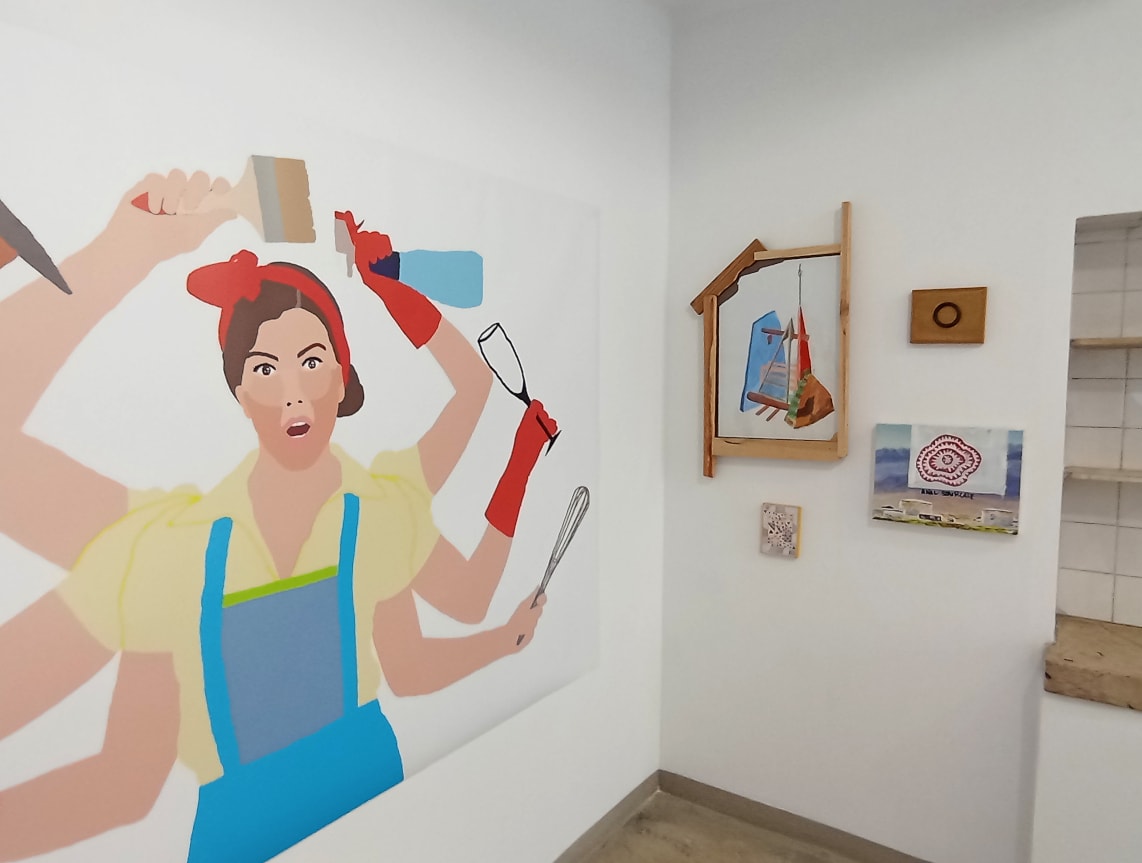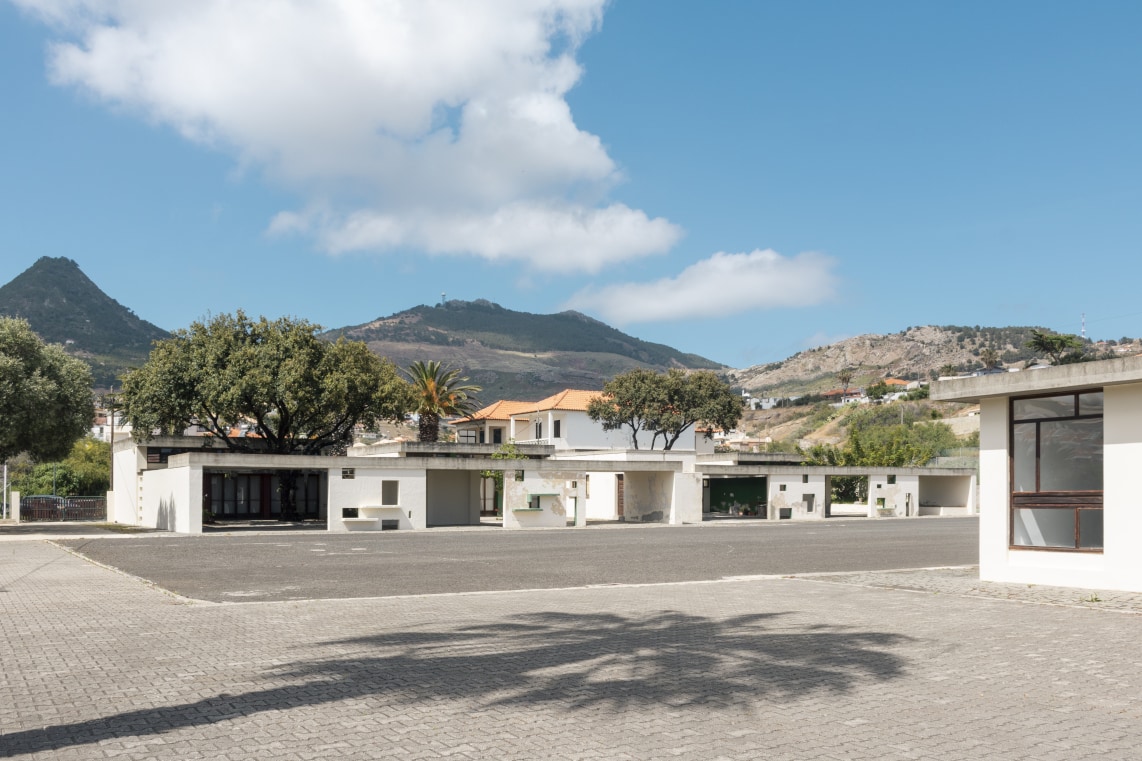The most recent exhibition of Teresa Segurado Pavão, at Museu Nacional do Azulejo, Mare Ossos Tellus, arises as a theft: in the centre of the high choir of the Madre Deus church, where there should be reliquaries, we only see the one of São Lourenço, with his hand raised, guiding us to the exhibition. On a lower shelf is the first work, entitled Sangue. The others are lined up across the room in vault-like showcases. They bear witness to a displacement or an implicit assault: the preciousness of the reliquaries has been replaced by contemporary white ceramic pieces, which morbidly use bones (collected from the field or beach by the artist), not as instruments of devotion, but of functionality. To what extent are they functional? The question brings us to the Museum’s collection. Ceramic objects, once used, now have a new life, in revalued examples that pose before visitors. These pieces could never have been used. It would have been sadistic, even in their apparent purity – they are marginal, inquiring objects, memories of mortality in everyday purity.
There are 3 sections, partially announced in the title: the Mar series, the Terra series, and the first and only work Sangue. Between Sea and Earth is the cavity at the bottom of the pieces. It is a vertigo, a crash, the sublime supported by the glass shelves. Even when we don’t see it, the other examples, closed with a lid, help us to read it. In Terra, there is no hole. We always see the flatness, the feet on the ground. The bones are an apparatus with a tinge of gold and silver, but useful: they are cup handles, bowl rims, like baskets, bases, sometimes just decorative. In Terra 15, bone penetrates the surface of a plate, creating a tailor-made mould; we see no functionality, only a delicate and precious beauty, but re-entered into a now strange and ceramic body.
In Sangue, the base cavity of the piece is filled in a red, fixed, immortalised substance; it is blood transformed into coral. Light penetrates, appearing from below almost like a lamplight. The pieces have an almost opaque white, according to contemporary minimalism. They always reveal something preceding, an implicit meaning in the title of the show. When we put the parts of the whole together, we realise that they have subtle contradictions – the dead becoming alive, the new becoming old, the precious becoming functional. A poetic order of things is born.
In a baroque venue, ideal for showing the readings, the exhibition ought to have a discreet presentation. It may go unnoticed if we do not know where it is situated. It needs greater affirmation as a temporary exhibition. On the other hand, this allows a greater immersion in the exhibition room. It is a usual strategy at Museu Nacional do Azulejo. But, even so, it could be better indicated in the museum, being away from the other temporary exhibitions.
It is small, simple, a point of all the rest of the collection, but it is available for those who give it time. That is the most important thing. Last contradiction: first it scares us, then it allows us to contemplate.
Mare Ossos Tellus by Teresa Segurado Pavão is on show at Museu Nacional do Azulejo until October 2.
